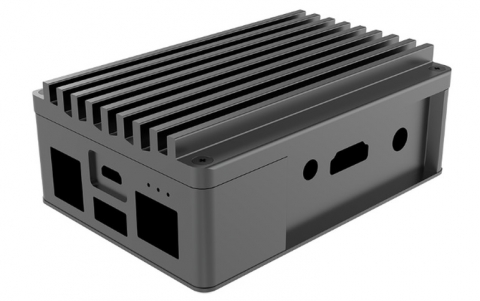
Carl Zeiss Lens in Camera Phones Enables Highest Quality in the Smallest Possible Space
Dialog Semiconductor The lens is supplied by Carl Zeiss, the camera module and electronics by Dialog Semiconductor: with this collaboration, the two companies aim to take part right from the beginning in shaping the growing market for high quality camera phones.
An agreement has been signed to this effect.
With this collaboration, the partners will increase the attractiveness of camera phones as an alternative to popular digital cameras. "Camera phones have attained the quality of everyday photography. The various possibilities arising from combining the mobile telephone and the camera promise an exciting market. This is very attractive for Carl Zeiss," emphasizes Dr. Winfried Scherle, general manager of the camera lens division of the world's leading optics company.
The semiconductor specialist Dialog Semiconductor (FWB: DLG, Nasdaq: DLGS), based in Kirchheim/Teck-Nabern, which specializes in innovative solutions for the mobile communications market, needed the optics expertise from Zeiss. The first jointly developed product is a camera module with a high quality image sensor and integrated image processor. As a result of its three-element lens and extremely aspheric surfaces, the lens is extremely small, with dimensions smaller than the size of a pea, and producing a very high image quality. For this development the camera lens division received the first prize in the "Innovative Business Design" category at the Zeiss Innovation Congress. Dr. Winfried Scherle: "We will soon begin with the volume delivery of the first camera modules".
"The battle for the next generation of camera phones will be decided by the combination of CMOS image sensors with innovative optics," explains Roland Pudelko, CEO and president of Dialog Semiconductor. Pudelko considers 10 megapixels in the camera phone to be well within reach.
Both parties regard the first product as the beginning of a long-term collaboration.
With this collaboration, the partners will increase the attractiveness of camera phones as an alternative to popular digital cameras. "Camera phones have attained the quality of everyday photography. The various possibilities arising from combining the mobile telephone and the camera promise an exciting market. This is very attractive for Carl Zeiss," emphasizes Dr. Winfried Scherle, general manager of the camera lens division of the world's leading optics company.
The semiconductor specialist Dialog Semiconductor (FWB: DLG, Nasdaq: DLGS), based in Kirchheim/Teck-Nabern, which specializes in innovative solutions for the mobile communications market, needed the optics expertise from Zeiss. The first jointly developed product is a camera module with a high quality image sensor and integrated image processor. As a result of its three-element lens and extremely aspheric surfaces, the lens is extremely small, with dimensions smaller than the size of a pea, and producing a very high image quality. For this development the camera lens division received the first prize in the "Innovative Business Design" category at the Zeiss Innovation Congress. Dr. Winfried Scherle: "We will soon begin with the volume delivery of the first camera modules".
"The battle for the next generation of camera phones will be decided by the combination of CMOS image sensors with innovative optics," explains Roland Pudelko, CEO and president of Dialog Semiconductor. Pudelko considers 10 megapixels in the camera phone to be well within reach.
Both parties regard the first product as the beginning of a long-term collaboration.













